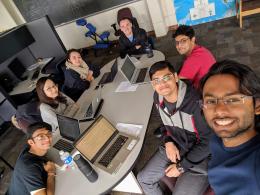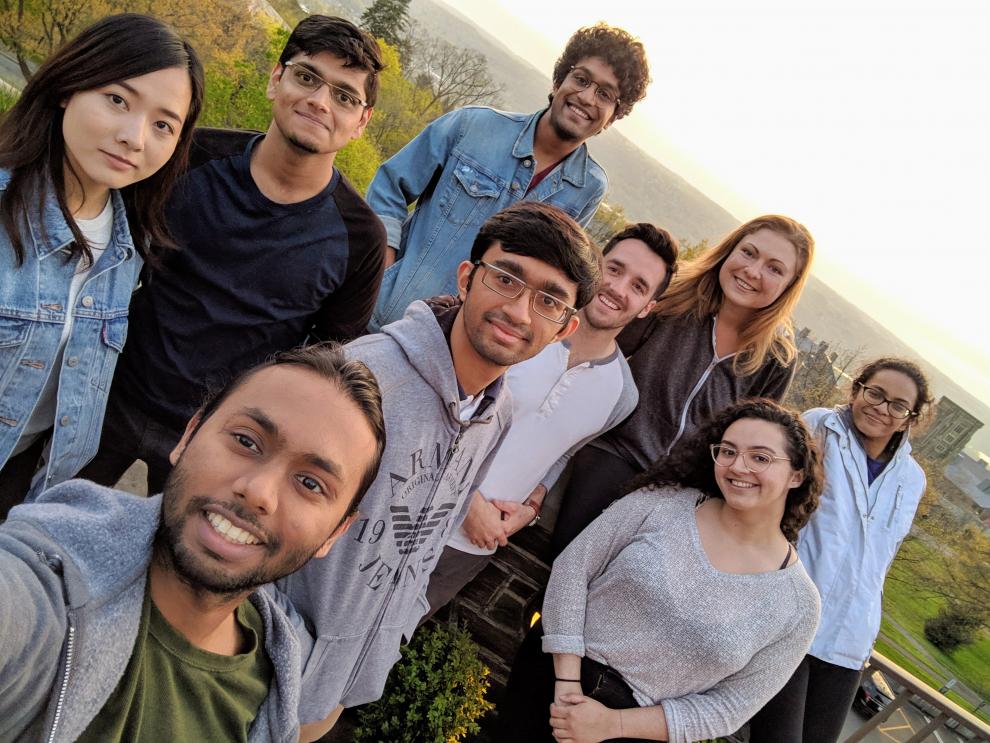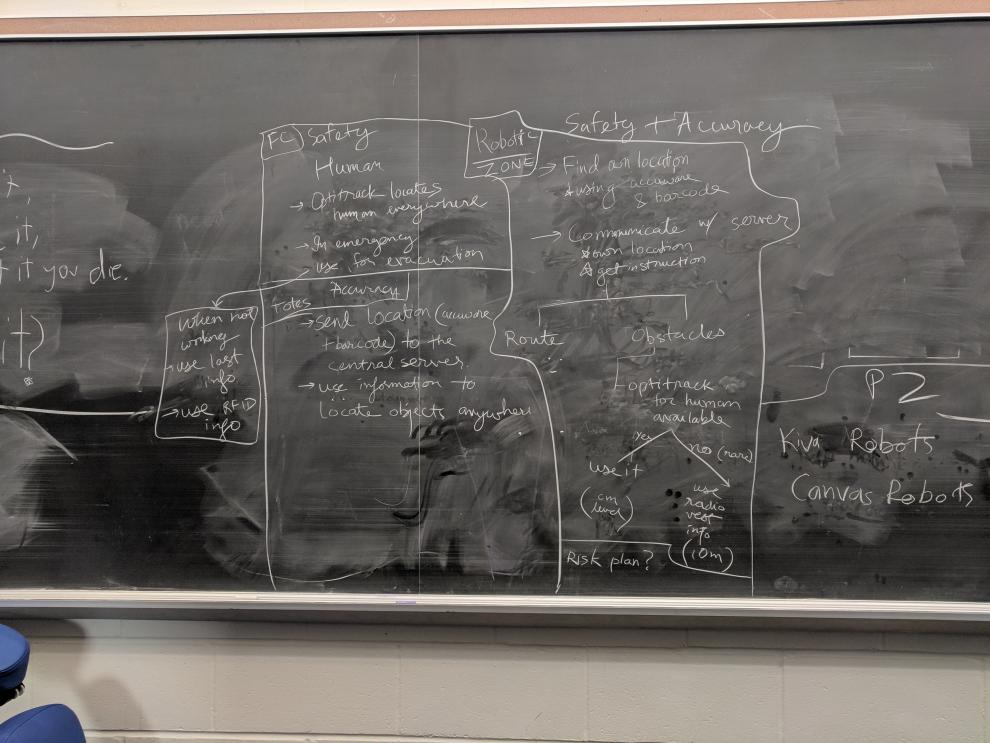M.Eng. Engineering Management Projects
The objectives of the project can be summarized under two headings:
- Business objectives
- Engineering modeling objectives
The project topic may include (but are not limited to): sales and marketing, information exchange, cost and life cycle benefits, resource allocation, forecasting, technology roadmapping or selection, strategic and tactical planning, triple bottom line evaluations, decision analysis and support, quality control, manufacturing, or distribution.
A unique aspect of the Cornell Master of Engineering Program is the Team Course Project, which allows students to apply the knowledge and skills obtained from their courses in a practical way.
Teams (comprised of 5-10 graduate students) partner with an industry sponsor for one semester. The project topics may include (but are not limited to): technology strategy, data analytics, sales and marketing, information exchange, cost and life cycle benefits, resource allocation, forecasting, technology roadmapping or selection, strategic and tactical planning, bottom line evaluations (including triple bottom line evaluations), decision analysis and support, quality control, manufacturing, or distribution.
Students register for ENMGT 5910 in their final semester. Teams are formed based on student preference and interest in available projects on the first day of class. Recent project titles include:
- Internationalization of Wayfair
- Improving Wayfair’s product offerings for more lifestyle and premium brands
- Software Cost Analysis for Syneos Health
- Automation of Manual Inspection of Mainframe Servers for IBM
- Visual Scripts for Clinical Labs for Siemens Healthineers
- Demand Forecasting Tool for Atellica®Product Suite (Siemens Healthineers)
- ExxonMobil Pipeline Management Project
- Evaluation of IoT opportunities with shipping with IBM
- Developing recommendations for a major aerospace company surrounding urban air transportation systems to be both cost-effective and environmentally-friendly to improve commuter productivity and satisfaction
- Assessment of opportunities to reduce operating costs to impact a major Fortune 500 beverage company’s bottom line by collecting and utilizing new data elements
- Comparative assessment of supply chains and freight logistics networks in China, India, and USA

Project Profile: Amazon Robotics
Amazon Robotics wanted to know exactly where each employee, product, and robot was within the Fulfillment Center at all times. The lack of visibility of these three different groups leads to safety concerns for their employees in emergency situations and the interaction between humans and robots. Also, giving Amazon the visibility of all products as they flow throughout the Fulfillment Center will allow for an optimized process and ensure no products are misplaced or incorrectly shipped.
For the duration of the semester the team focused their efforts on four separate stages: Frame, Discover, Design, and Deliver.
During the Frame portion, they sought to understand what was required of them, how the work will fit into the larger context of Amazon Robotics and Amazon as a whole, and truly understand the problem they were tasked to solve. The Discovery sprint led the team to research localization technologies in academia and those that were being commercialized by companies through interviews with Ph.D. candidates, professors, and representatives from these companies. The team also used this time to interview stakeholders in Amazon’s marketplace and visit an Amazon Fulfillment Center in New Jersey. Ultimately, the team found that the best technologies to serve the purpose of centimeter-level localization.
Text and photos courtesy of Manu Khandelwal.



